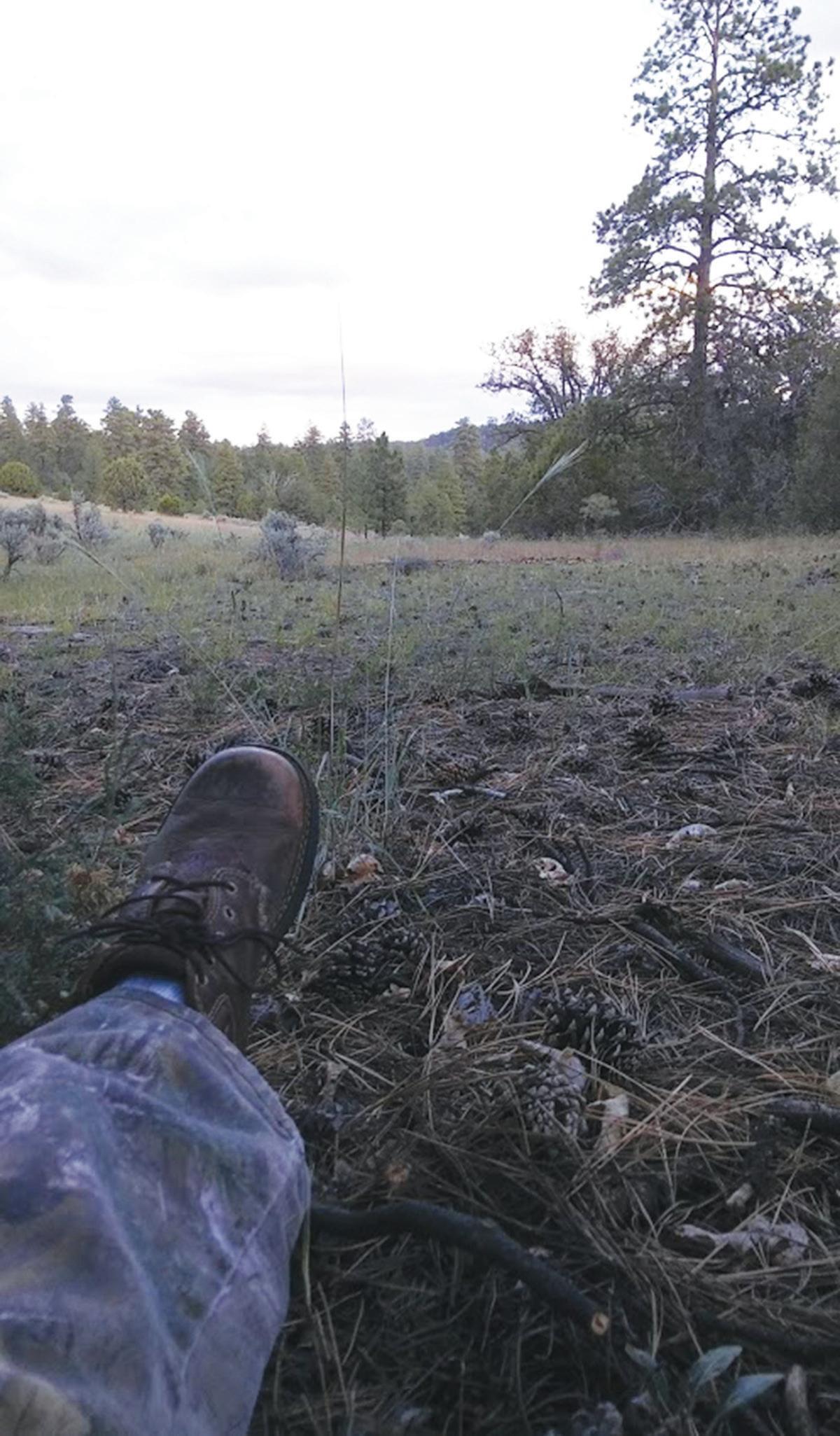
4 minute read
The Allure of Trains Michele Reeves
Durango & Silverton Narrow Gauge Railway
By Michele Reeves
You don’t need to be a Sheldon Cooper to be a train enthusiast. Plus, most of us don’t have the time and brain power to completely understand the mechanics of trains and how they run. I would much rather read an organic chemistry textbook than try to understand trains from engine-to-caboose or try to figure out the difference between a 0-40Ts and a 4-8-8-4. Most importantly, you have to know to call trains by their correct operational type; you would never call a freight train a locomotive or vice versa! So, is a Galloping Goose a light rail train or not?
The point is that you do not need to know anything about trains to enjoy them. Trains bring out the kid in all of us. I get excited whenever I see a train unexpectedly, particularly in places I had not noticed any rail tracks. We never think about trains unless we hear the sound of an approaching train or hear the loud noise when trains are adding cars in the railyard or the blaring of the horn at crossings at 2 o’clock in the morning or the good old sound of clickety-clack. Not to mention that trains are the only form of transportation in which seat belts are not needed or required.
I have been on my fair share of trains and spent many hours in trains stations, and I would not mind being on one right now. Riding a train, even the Disneyland Express, is truly a unique experience. The trains in England are of two types, according to this enthusiast, those that run above ground and those that run underground or “The Tube.” In a country that is comparable to the size of New Mexico, trains in England are the best form of transportation. Departure times were always exact, but arrival times were more likely not to be on-time, mainly because strange things can happen along the way, like passenger-turned-streaker just outside of Bath, England. During that same summer, the train I took to Amsterdam arrived at the most beautiful, art-inspired station I have ever seen. Being in the land of Rembrandt, a station without artwork would have been odd. However, my most interesting train experience would have to be the ride from Latvia to Minsk, Belarus. The train was vintage; its seats were like school bus seats, including the green color, and they sold minced meat in small snack-sized cans with crackers. At first, I thought it was caviar, but an up-close glance and a quick whiff told me it was not. My adventurous, hungry side purchased one anyway and found out that you needed an equally adventurous stomach and palate for this snack, kind of like with sushi. Speaking of sushi, no train story could be complete without the mention of the Japanese Shinkansen—the bullet train. The Shinkansen is on the bucket list for every train enthusiast—and yes, still no need for seat belts! The bullet
A bullet train at Tokyo Station
train is not only impressive to see, but it is also impressive to ride. A complete chapter in the textbook of trains could be devoted to the bullet train. I can only describe it as first-class seating of a typical airplane, quiet (except when passing another bullet train), smooth, and very, very fast—in fact, this lame attempt at describing it doesn’t even come close to the real experience. I wouldn’t mind reliving any or all these train rides, maybe except for the Bath-to-London trip.
I owe a big part of my interest in trains to my first ever train ride. When I was 10 or so, my parents took us to Durango for a trip on the Durango & Silverton Narrow Gauge Railroad. I was too young to understand the logistics behind the actual mechanics of the train ride, the steam engine, or the 45-miles up a gradual climb, but that didn’t matter. I was completely amazed at the scenery and the train itself, and I felt exactly the same when I took my own children on a D&SNGR trip.
We owe a lot to the economy for most of the trains traveling through our towns and all over the state of Colorado. The gold and silver rush sparked railroad construction across the Rockies and over to the West Coast. Today, many of those steam locomotives and freight trains have been turned into tourist attractions.
So, only a train enthusiast, like Sheldon Cooper, would know that a Galloping Goose is not a light rail train. The Galloping Geese fleet are gasoline-powered trains that carried people and supplies to remote mountainous regions of Colorado. Light trains are what you take from one airport terminal to another or to the city center, and they are powered by electricity. The next time you are parked impatiently at a railroad crossing, you will have time to ponder why we take them for granted.













